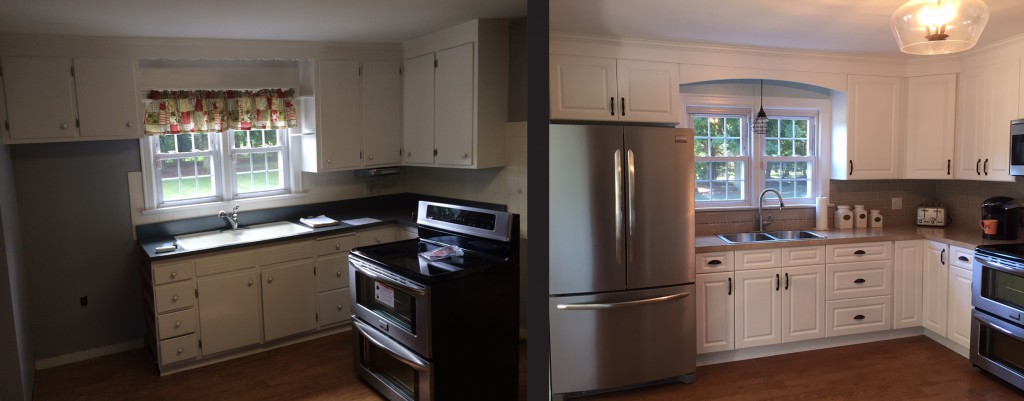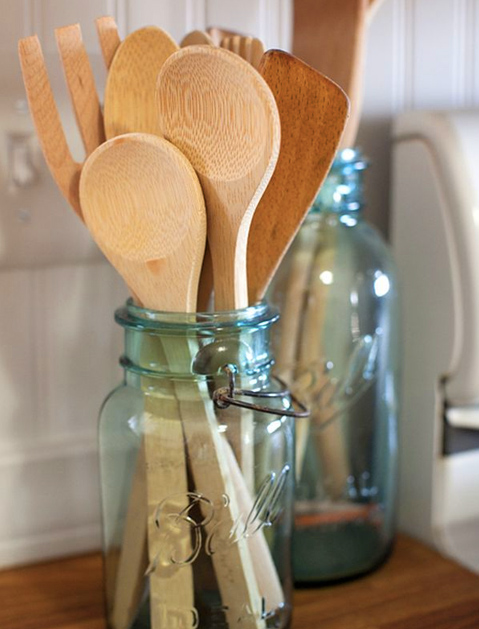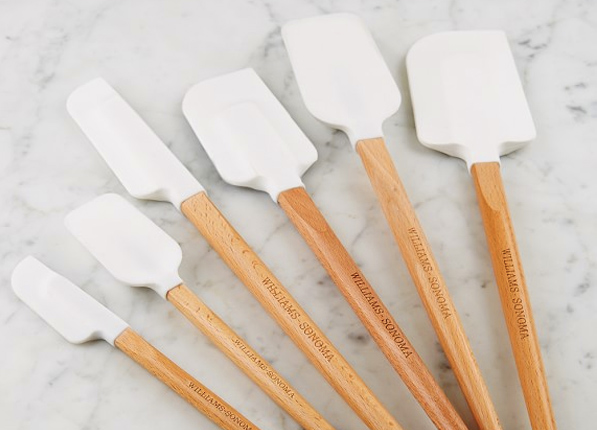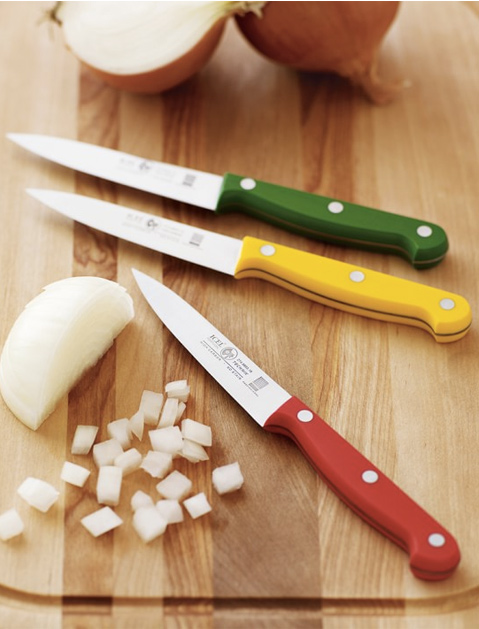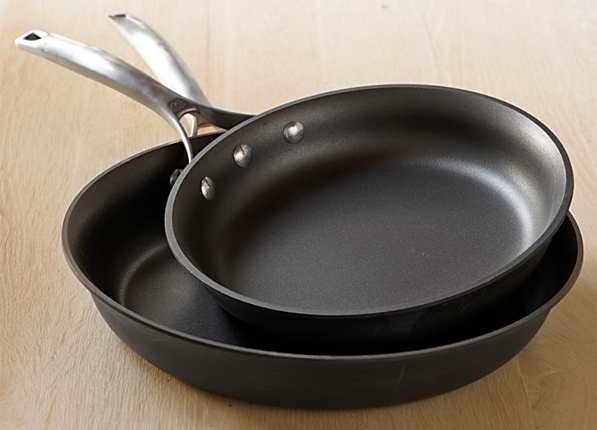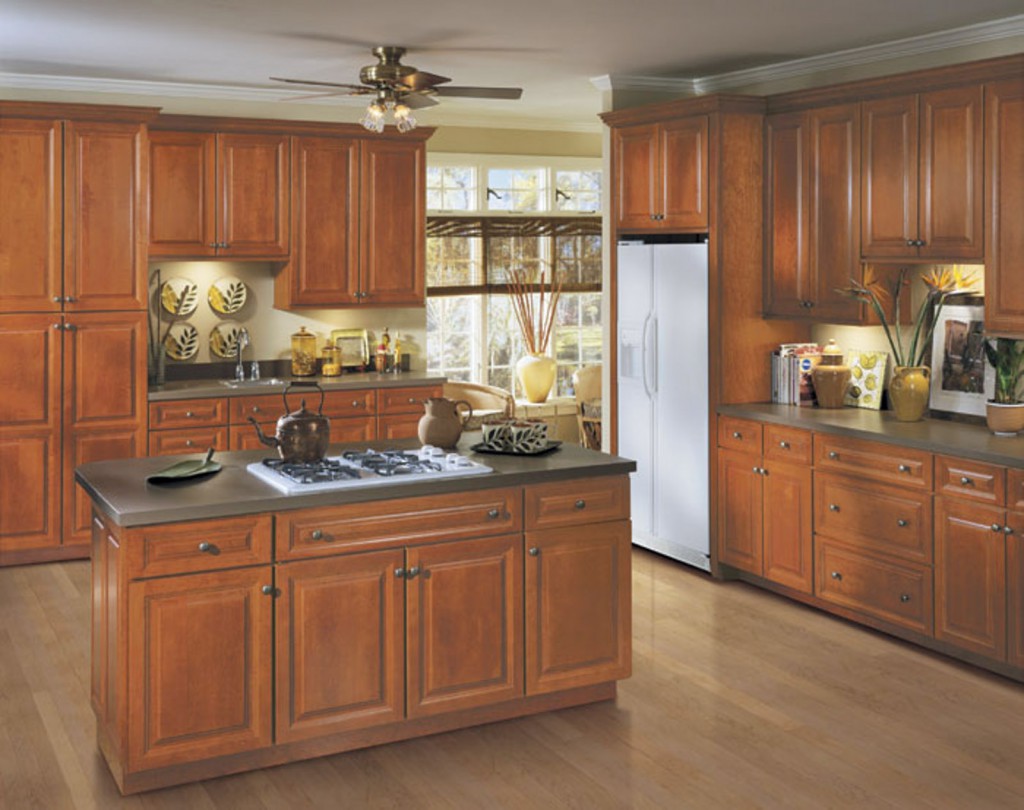
Cabinets Set The Tone For The Whole Kitchen
Cabinets can be the biggest expense in a full kitchen remodel, accounting for up to 40 percent of the overall budget. They also set the visual tone for the kitchen, and they’re a huge part of how well it functions. Bottom line: Get the cabinets right and your chance of loving your new kitchen will go way up.
Step 1: Set the budget
Cabinets fall into three categories: stock, semi-custom, and custom. Stock cabinets start around $70 per linear foot (a typical kitchen has 25 to 30 linear feet of cabinets). Semi-custom cabinets, which range from $150 to $250 per linear foot, come in more configurations, so they’ll fit your kitchen more precisely, if not perfectly. Custom cabinets can easily cost $500 or more per linear foot; they’re crafted to your exact specs and can include many personalized features.
Step 2: Choose a style
The big decision is between framed and frameless. Framed cabinets consist of a box and face frame, to which doors and drawers are attached. Frameless cabinets, often referred to as European-style, eliminate the face frame; doors and drawers attach directly to the cabinet box. That provides great accessibility and a more contemporary look. On the downside, the absence of a face frame can compromise rigidity; better manufacturers compensate by using a thicker box—say, ¾-inch plywood instead of ½-inch particleboard. For the European look in a framed cabinet, opt for a full-overlay door, which covers all or most of the face frame.
Step 3: Pick the features
Accessories can improve cabinet functionality, but they’ll also increase the cost by 20 percent or more. A pull-out trash can is a worthwhile addition. Built-in charging stations are helpful, too, because they keep the countertop clear of electronic devices. Appliance garages, those countertop compartments designed to conceal small appliances, don’t always offer the best organization. Instead, consider a lift cabinet with a spring-loaded shelf that swings up and out, providing easy access to a mixer, food processor, or other hefty device.
Design tips from the pros
Lighting
“Integrated lighting has become very popular. As soon as you open the drawer, the light comes on. We also do a lot of undercabinet lighting, including LED fixtures with a built-in plug for countertop appliances and a USB port to charge your smartphone and other electronics.”—Kathleen Wilber, Ikea, U.S. sales leader for kitchens
Finish
“There’s still plenty of interest in lighter-toned cabinets. But we’re starting to see an uptick in our pebbled gray and chai finishes, as more customers go for a tinted neutral color instead of stark white.”—Tracy Riel, KraftMaid Cabinetry, manager, designer services
Features
“Easy-access, touch-to-open door and drawer releases are catching on. There’s also a preference for more paired-down door styles and greater interior functionality. That includes task-specific features like coffee-service components and pull-out storage that alleviates physical strain while eliminating dead space.”—Amy Benton, BauformatUSA, accounts and marketing manager
